Tobermurragh, Killaloe, County Clare
This week, like last week, we’re in Killaloe, the small town at the end of Lough Derg which is currently most famous, if it’s famous at all, for its twelfth-century cathedral and the good fishing that can be had where the river Shannon meets the country’s second-biggest lake. But things have not always been this quiet. It’s a little-known fact that, once upon a time, this sleepy little town was the de facto capital of Ireland.
Admittedly, it was quite a long time ago. About a thousand years, to be precise. Back then, the Big Man around these parts was one Brian Bóruma mac Cennétig - better known today as Brian Boru. Boru, whose star still shines brightly around here, with statues and visitor centres and churches dedicated to him, was perhaps the key figure in early medieval Ireland, and is most famous now for finally defeating the Vikings who, as in neighbouring England, had been raiding, settling, slaughtering and trying to conquer the nation for years. The ‘nation’ back then had no central government or ruler, being instead a collection of 150 uneasily co-existing kingdoms in a country of not more than half a million people. This, as again in neighbouring England, made the Vikings’ job easier, since there was no united opposition to their raids.
Brian Boru was originally the King of a small sub-kingdom of the larger kingdom of Munster, but he had greater ambitions, and set about subjugating and defeating the other Irish kingdoms with great success. In 1002 he was acknowledged by his defeated foes as High King of all Ireland. Killaloe, where he was born and where his father had reigned, became his capital. You can still visit an overgrown hillfort on the lakeshore which may have been his family’s fortress. As king, however, he built himself a fancy new palace on the high ground in the town, where the Catholic church now stands.
Medieval Ireland, however, did not allow a king to rest on his laurels for long. Trying to understand the Byzantine maze of kingdoms, sub-kingdoms, alliances and territories of the period is guaranteed to make your head hurt. The short version of what happened next is that Brian was challenged by a defeated rival, the King of Leinster. One thing led to another, and in 1014 the two men met, along with much of the flower of Irish royalty, at the Battle of Clontarf, one of the most famous clashes on Irish soil which, according to one nineteenth-century Romantic painter, looked like this:
This looks more Greek than Irish to me, apart from the colour of the sky, but never mind. Clontarf today is usually spoken of as a great battle in which Boru finally defeated the Vikings and ran them out of Ireland, but it’s a little more complicated than that. The King of Leinster was joined by numerous Vikings, some recruited from Scandinavia, but others from their Irish capital in Dublin. Boru, however, also had some different teams of Vikings on his side. The Scandinavians themselves, many of whom by now were naturalised in Ireland, also had their own internal splits and squabbles going on.
Anyway: the easiest thing is to say that ‘Brian Boru defeated the Vikings at the Battle of Clontarf in 1014’ and leave it at that. Certainly the battle brought to an end the Viking age in Ireland. It also brought to an end the life of Brian Boru, who died in battle, as did the King of Leinster, several of Boru’s sons and plenty more major figures from Irish royalty. It was a day of carnage.
But what does all of this have to do with this little brick well?
Strictly speaking I should probably not include this in my list of holy wells, because it’s not ‘holy’ in the traditional sense. It is not dedicated to a saint, there is no tradition of healing here, and there is no pattern day or history of pilgrimage. In fact, this well, until modern piped water became a thing, was the source of most of Killaloe’s drinking water. The fresh water still flows out of its pipes to this day, and you can fill your bottles from it:
The old well was walled in in Victorian times, and now presents itself as a curious-looking brick hexagon in the woods by the lake. You wouldn’t know it was a well if you hadn’t been following the signs:
But there is one religious association that justifies me writing about this well here, and it’s related to Brian Boru. By the time Boru faced his nemesis at the Battle of Clontarf, he was an old man. In fact, some historians think that he didn’t fight in the battle at all, being too old and weak. Instead, he is said to have spent his time in his tent, praying. It was there that an enemy found him, and put him to the sword.
So who led Brian’s armies against the Norsemen and the Leinstermen? That would be his son, Murchad mac Briain, whose name is sometimes Anglicised to Murrough. This is who this well is named for. Why? Because, according to local lore, the man who would lead Ireland’s sort-of victory over the Vikings was baptised here as a child, in the presence of his father. Despite being only two months old at the time, the stories around these parts claim that after his baptism Murrough stood up in the water, called for a sword and shield and demanded to be pointed towards the nearest Viking. That’s one precocious little lad.
Murrough, like his father, died on the field at Clontarf. But this well is where he was (re)born, and it is part of the great complex of Brian Boru-related stories that still wander the hills around here, in what was once, for a brief time, the most important town in Ireland.
There will be no Sunday well next week, as I will be on holiday.
We’ll be back in the flow on Sunday 7th July.


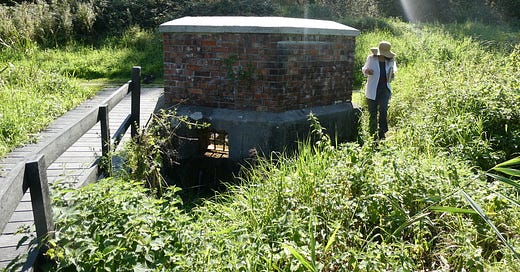



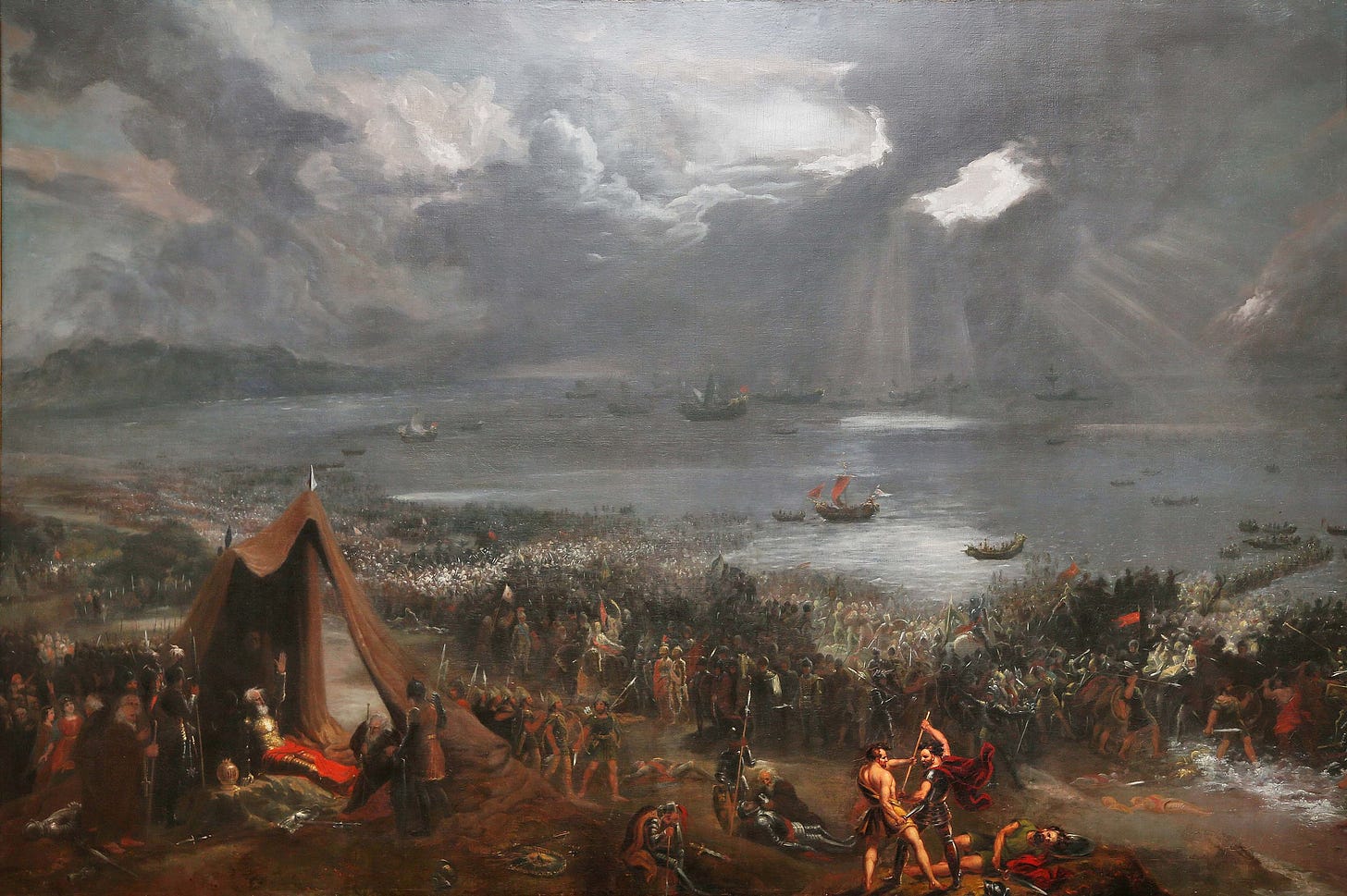
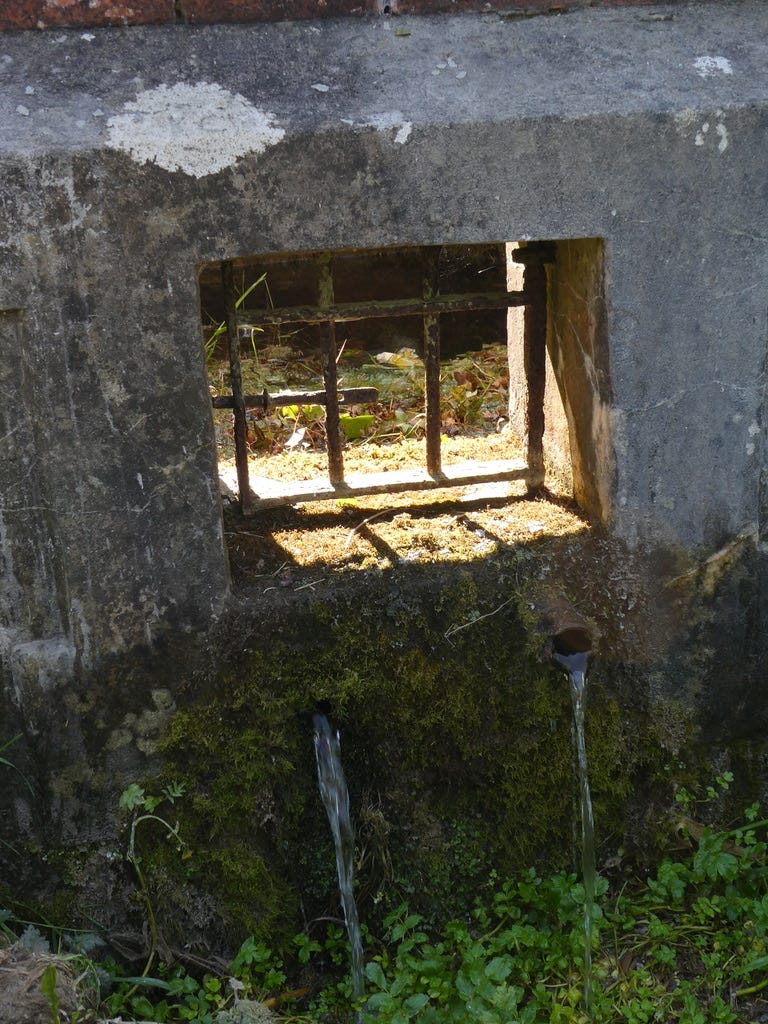
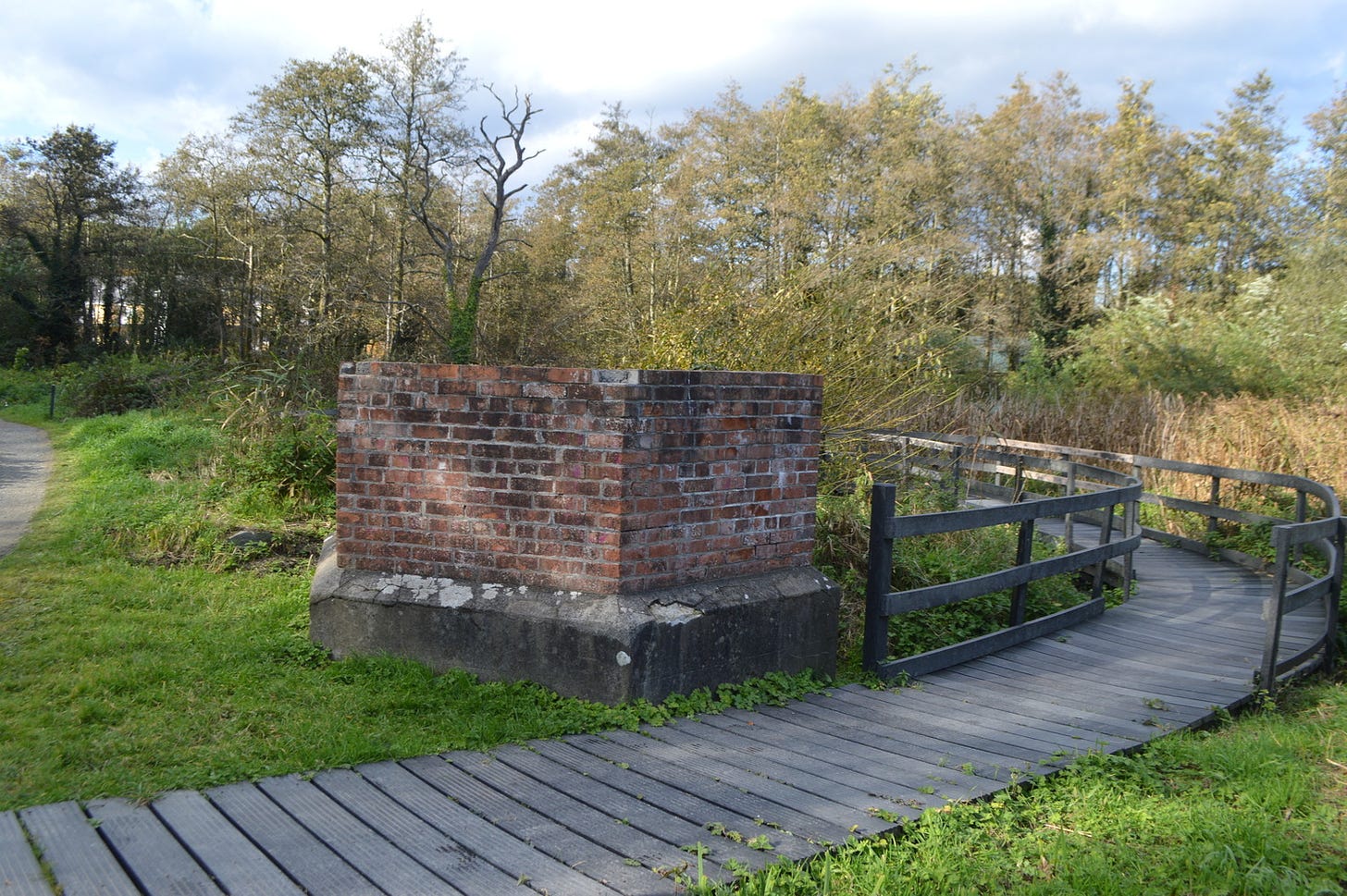
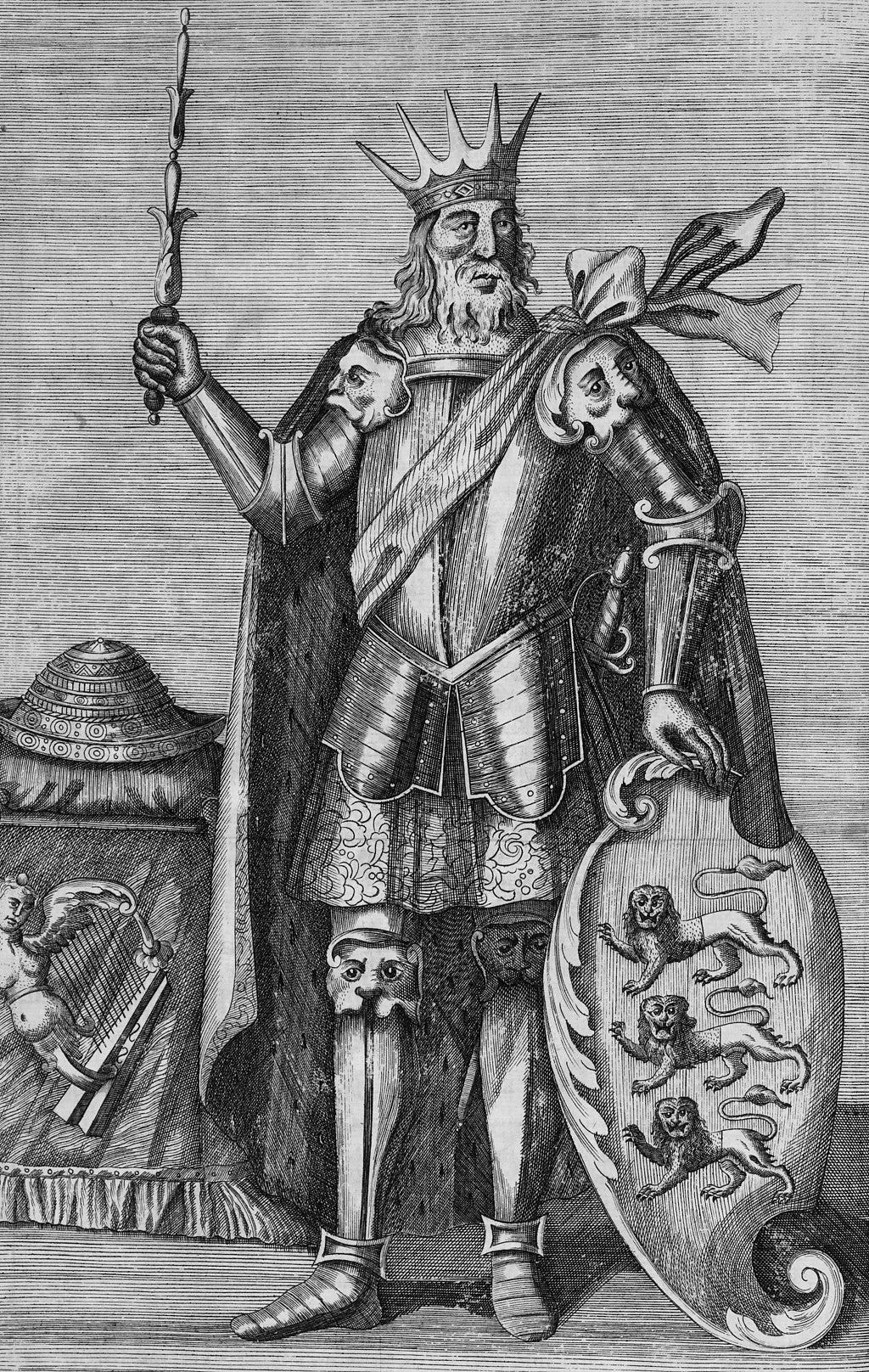
Speaking of a downside of “modern piping” An acquaintance of mine put together a nonprofit to help a village in Guinea, Africa. The non-profit installed a new water source and offered to put a faucet in each hut in the small village. The village elders declined as it would eliminate going to get water as a place of meeting and the walking through the village to get water reducing the interaction and contact among the villagers lessening vital social connection. Physical convenience and time saving were not the highest values. Every technology has it pros and cons.
For some obscure reason, I find it very moving that the well was the site of Killaloe's drinking water, and seeing that water still flowing.
"Until modern day piping" : yes, this hits home, because now that I think about it, the modern day piping makes the water... continuously accessible 24 hours a day, as in being "connected" to your drinking water. The modern experience is all about being connected, isn't it ?
I also would like to believe that the old Brian Boru went out onto the battlefield, where he found his death. Like Beowulf went out to meet his death with the dragon, for example.
For sure, praying in a tent is a noble occupation for an old man, but I know now that it is best for a man to be UPRIGHT, maybe with a sword, to remain a man, for as long as possible, particularly as he gets older. When the old men lie down something goes out of them...
Thank you for this, this morning, Paul.